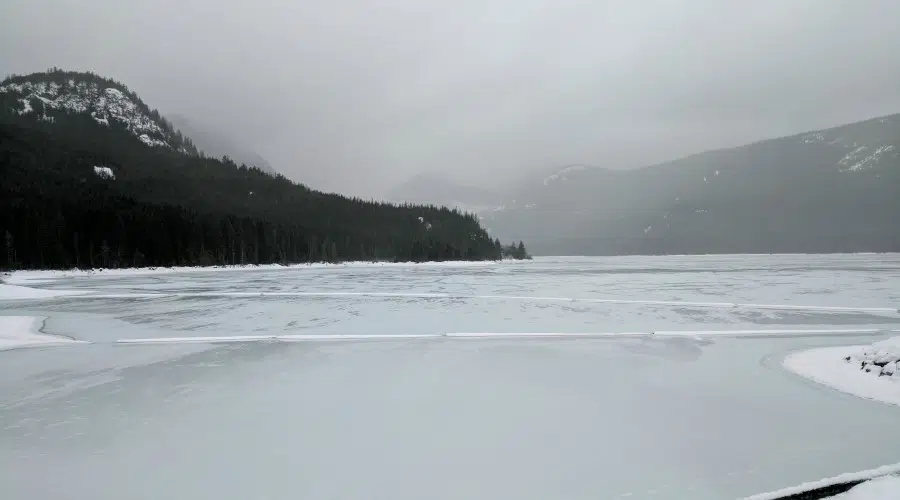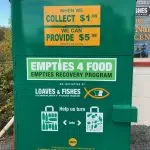
Local drinking water officials encouraged by snowpack levels
NANAIMO — A Regional District of Nanaimo water expert isn’t prepared to call a healthy snowpack a slam dunk in reversing potential summer drought conditions.
The RDN’s drinking water and watershed protection coordinator Julie Pisani says provincial data showing 98 per cent of normal snowpack levels for Vancouver Island is a positive sign.
However, she’s hoping warm temperatures at higher elevations over the next several weeks can be avoided.
“That would be a premature melt,” said Pisani. “We wouldn’t have reached the level of snow accumulation that we would like to see in order to store that volume of water to help recharge our rivers and our ground water into the spring and to provide us for the summer as well.”



